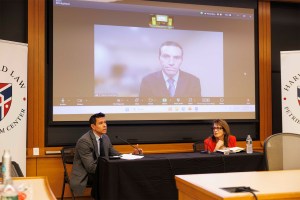Science & Tech
-

Harsh past might bare its teeth
Early adversity leads to higher aggression and fearfulness in adult canines, study says

-
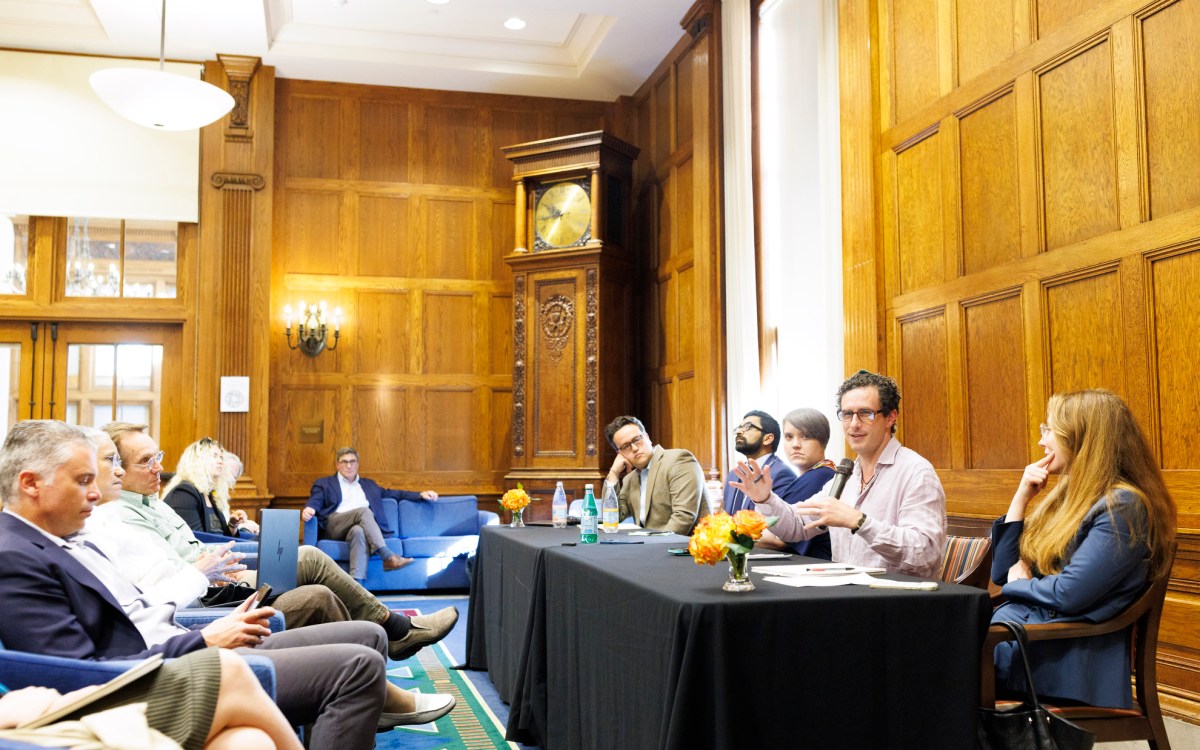
What will AI mean for humanity?
Scholars from range of disciplines see red flags, possibilities ahead
-
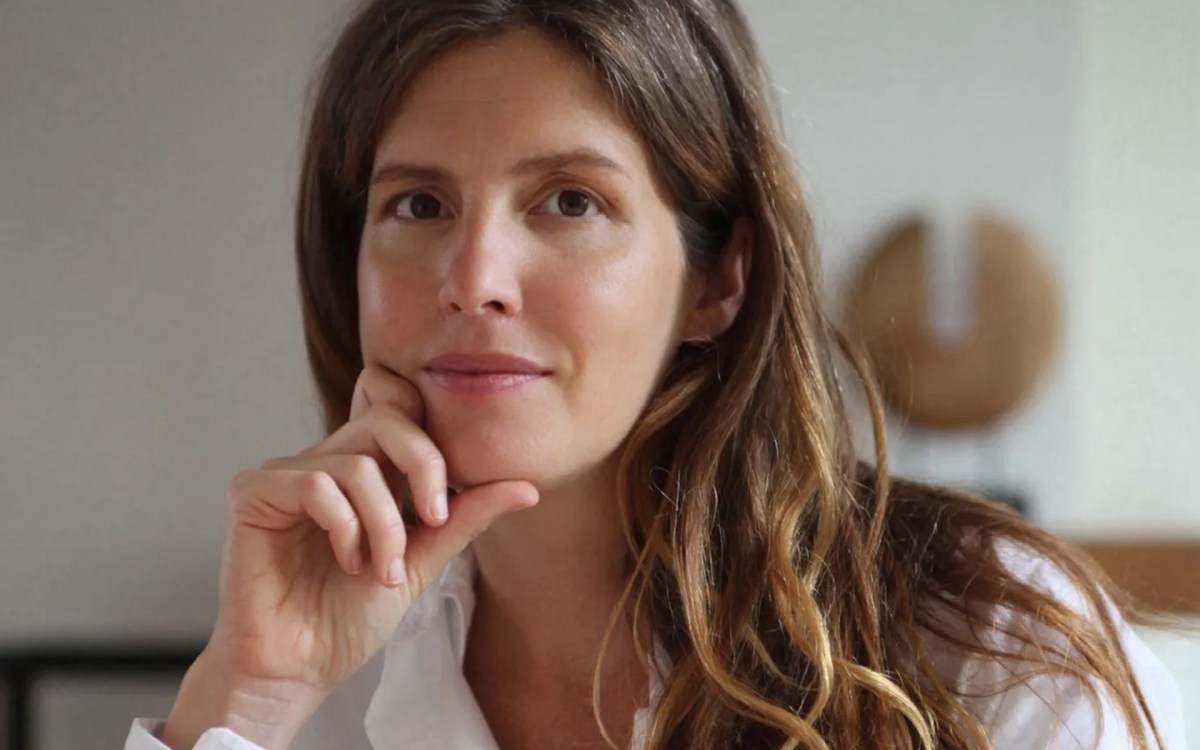
‘Human exceptionalism is at the root of the ecological crisis’
Saving the planet requires getting over ourselves, argues author of ‘The Arrogant Ape’
-
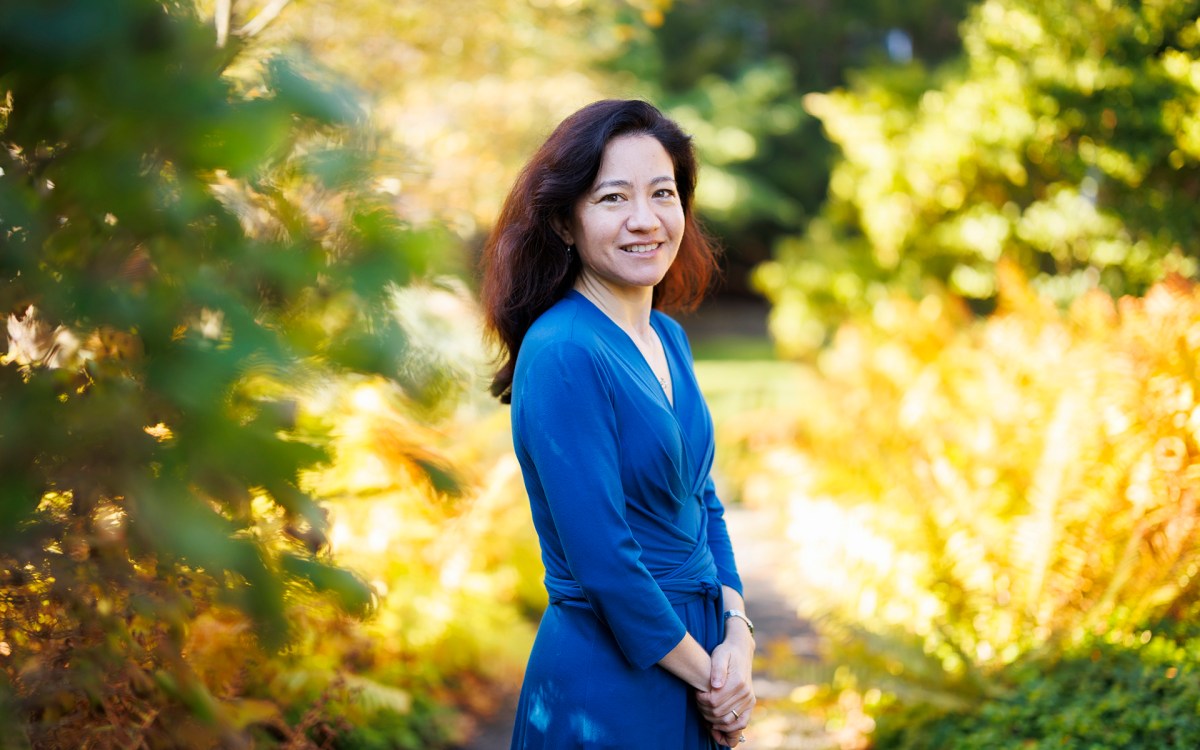
Lauren Williams awarded MacArthur ‘genius grant’
Math professor honored for theoretical breakthroughs with sometimes surprising applications across phenomena such as tsunamis, traffic
-
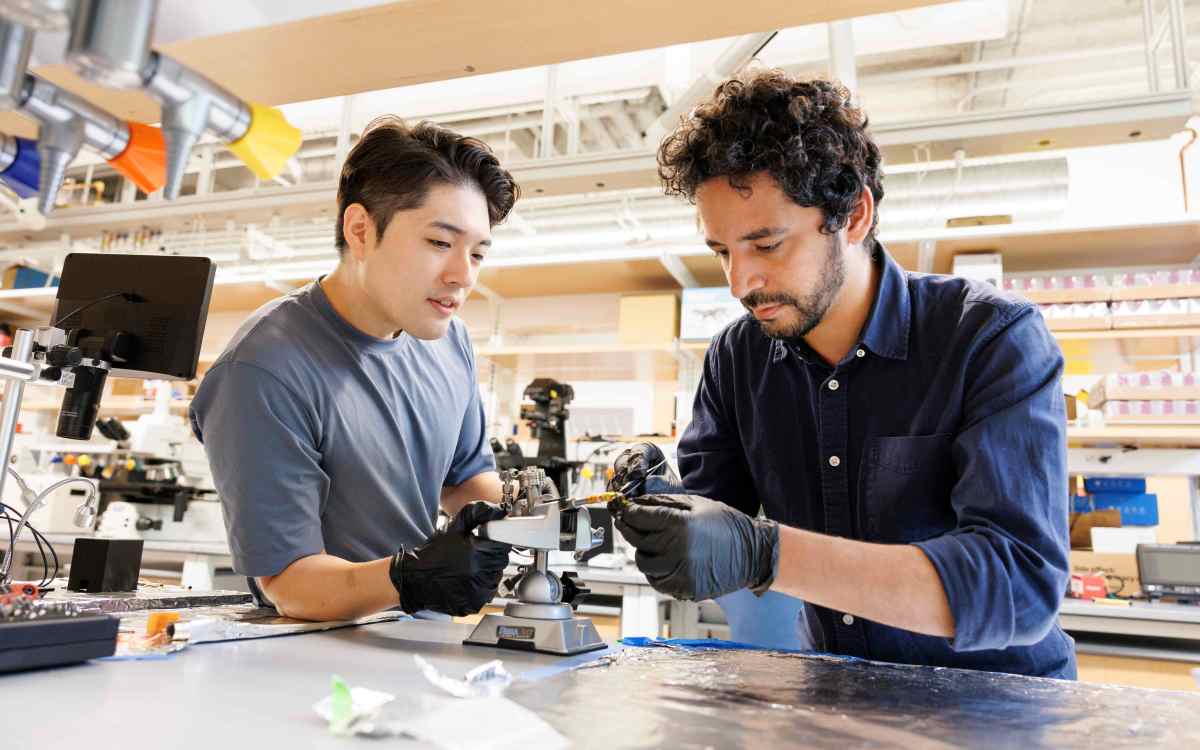
-
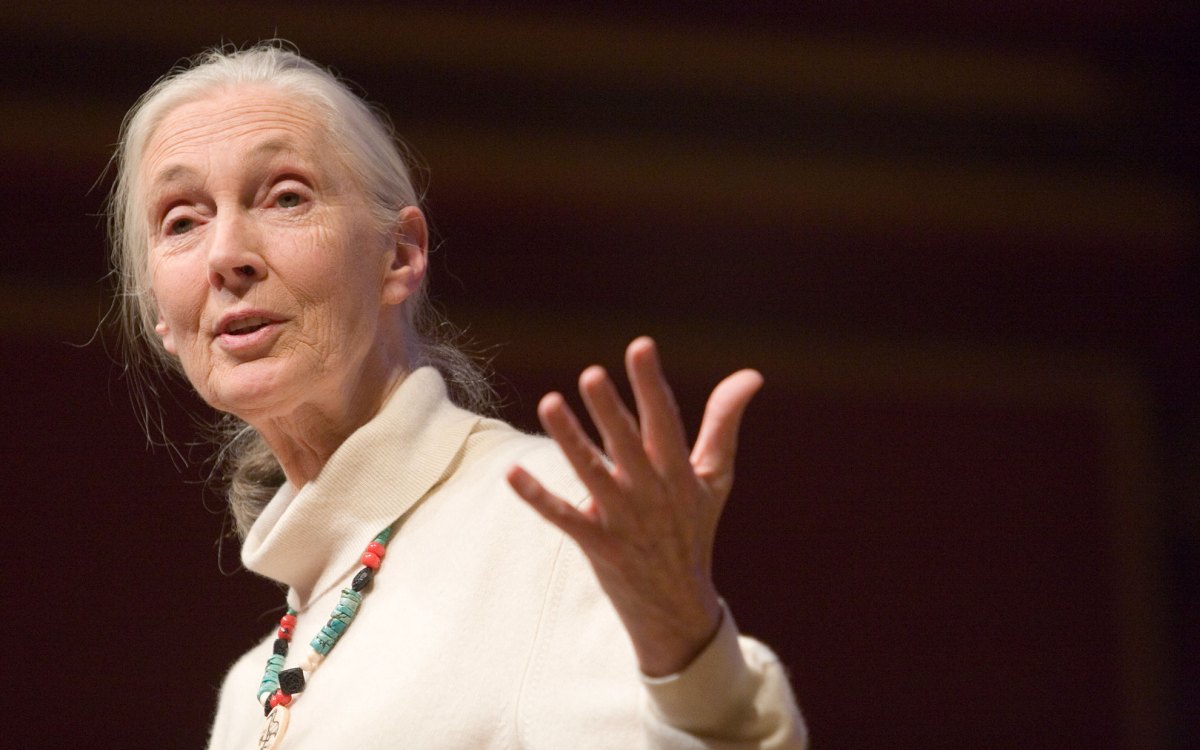
‘She had a sense of caring for everybody that she encountered.’
Richard Wrangham remembers his teacher and colleague Jane Goodall as a force of science, empathy, and hope
-
Planet probe
In a paper published in the June 7 issue of Nature, Associate Professor Sujoy Mukhopadhyay presents evidence that the Earth’s deep mantle incorporated gas found in the solar nebula in the first few millions of years of the solar system’s formation.
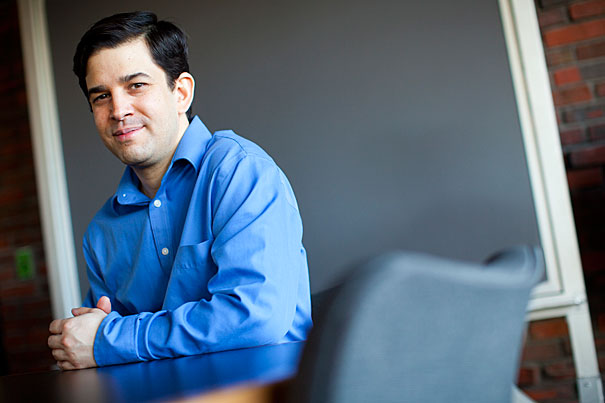
-
Desert mystery
In a talk at Harvard’s Semitic Museum, archaeologist Robert Mason described the discovery of mysterious rock formations near an ancient monastery in Syria.

-
Now, ice won’t stick
A Harvard team of researchers has invented a way to keep any metal surface free of ice and frost. The treated surfaces quickly shed even tiny, incipient condensation droplets or frost, simply through gravity.
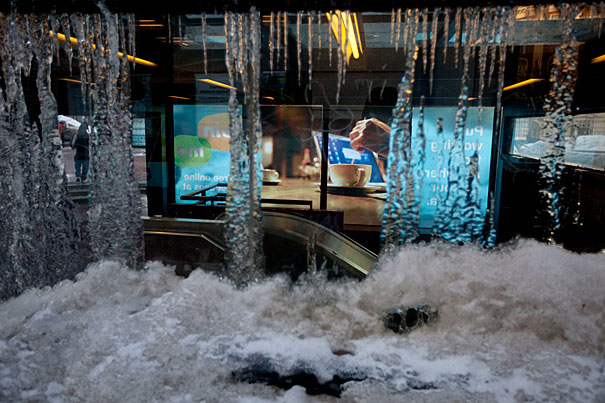
-
Using nature to inspire robotics
The annual symposium of the Wyss Institute for Biologically Inspired Engineering, held at Harvard Medical School, prompted a spirited discussion on robotics and medicine, with nature as a model.
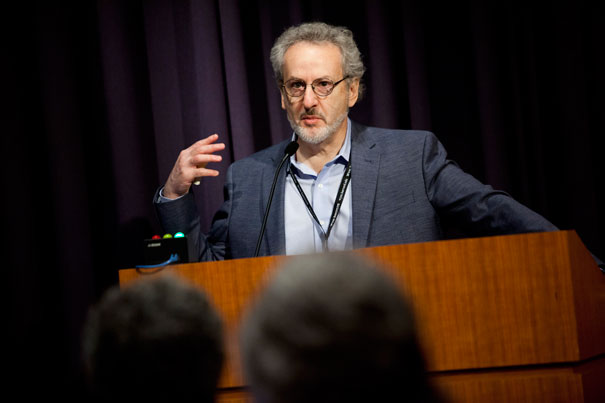
-
Touch, drag, learn
Research by computer scientists, biologists, and cognitive psychologists at Harvard, Northwestern, Wellesley, and Tufts suggests that collaborative touch-screen games have value beyond play.

-
A Milky Way cooling its jets
Harvard-Smithsonian Center for Astrophysics’ astronomers have detected for the first time jets of gamma rays extending thousands of light years from the Milky Way’s core, confirming expectations based on observations of other galaxies.
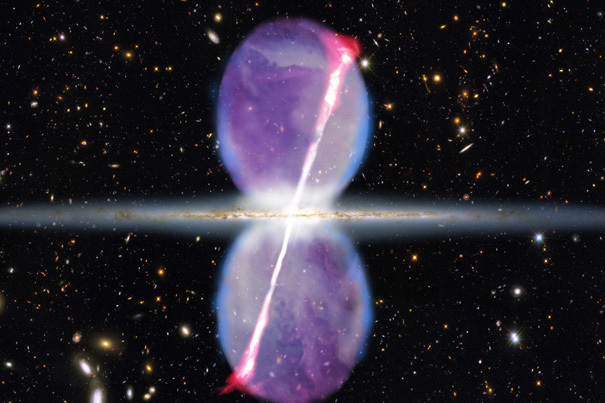
-
Exploring edX 1.0
MIT’s Anant Agarwal, who is the first president of edX, shared early results from the new online education venture’s first pilot course at the second annual Harvard IT Summit.
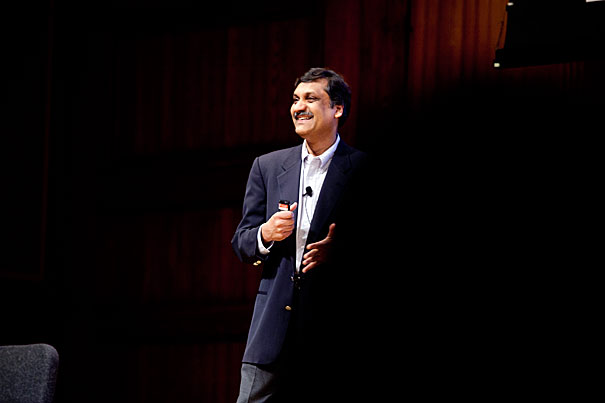
-
Harvard Athletics sports solar panels
On the roof of the Gordon Indoor Track and Tennis building, workers installed rooftop solar panels as part of what has become Harvard’s largest solar energy project. It is part of Harvard’s commitment to sustainability and its goal to reduce greenhouse gas emissions 30 percent by 2016 (from a 2006 baseline).
-
President’s Challenge
A business idea born in a Harvard classroom to improve the delivery of vaccines in developing countries has been selected as the grand prize winner of the Harvard University President’s Challenge for social entrepreneurship.
-
Safer cataract surgery at hand
A new, highly innovative, computer-based simulation tool, the Massachusetts Eye and Ear Infirmary (Mass. Eye and Ear) Cataract Master, bridges the learning gap that residents and ophthalmologists new to phaco must navigate prior to performing actual surgery.
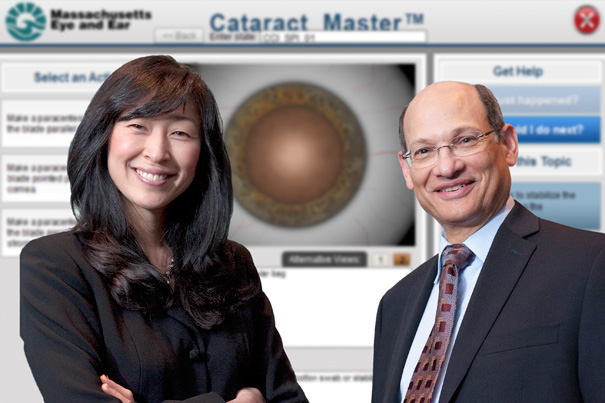
-
A new master’s program
Harvard will offer a master’s degree in computational science and engineering.
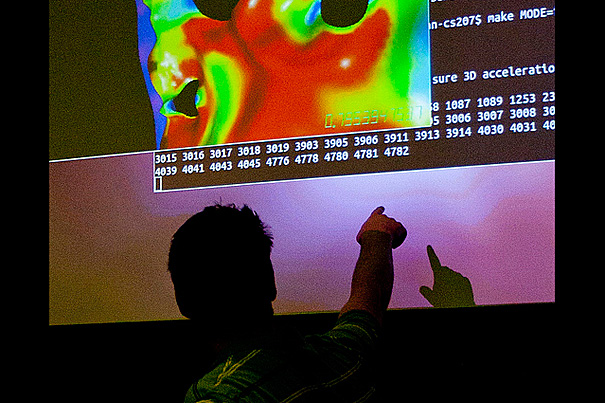
-
Straight to the source
As described in an April 23 paper in the Proceedings of the National Academy of Sciences (PNAS), graduate students Eric Morrow and Carling Hay demonstrate the use of a statistical tool called a Kalman smoother to identify “sea level fingerprints” — telltale variations in sea level rise — in a synthetic data set. Using those fingerprints, scientists can determine where glacial melting is occurring.

-
Meticulous design
A recent SEAS workshop emphasized comprehensive planning, cultural awareness, and a holistic approach to design in developing solutions to global problems.

-
Using DNA as bricks and mortar
Researchers at Harvard’s Wyss Institute for Biologically Inspired Engineering have figured out how to use short lengths of DNA as physical, rather than genetic, building blocks, creating letters and other shapes from the molecules in a proof of design that could one day lead to the creation of structures that, among other things, deliver drugs to disease sites.

-
The last dance between Venus and the sun
Before 2004, the most recent Venus transit occurred more than a century ago, in 1882, and was used to compute the distance from the Earth to the sun. On June 5, 2012, another Venus transit will occur. Scientists with NASA’s Kepler mission hope to discover Earth-like planets outside our solar system by searching for transits of other stars by planets that might be orbiting them. The next Venus transit: Dec. 11, 2117.

-
Toxic mercury springs from a hidden source
Environmental scientists at Harvard have discovered that the Arctic accumulation of mercury, a toxic element, is caused by both atmospheric forces and the flow of circumpolar rivers that carry the element north into the Arctic Ocean.

-
A forest washing into the sea
Harvard researchers probe environmental shifts on Martha’s Vineyard, where they document one wooded area’s recovery from a massive die-off and another’s passage into the ocean.
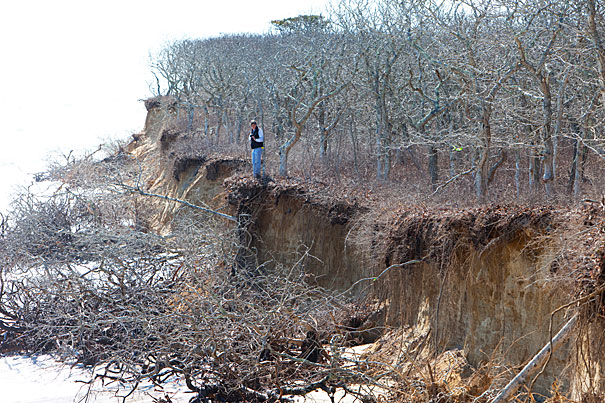
-
Taking the long view on infrastructure
“Envision,” a tool developed with backing from the Zofnass Program for Sustainable Infrastructure at GSD, provides a comprehensive framework for governments and industry to evaluate infrastructure projects of all types and sizes based on environmental, economic, and community benefits.
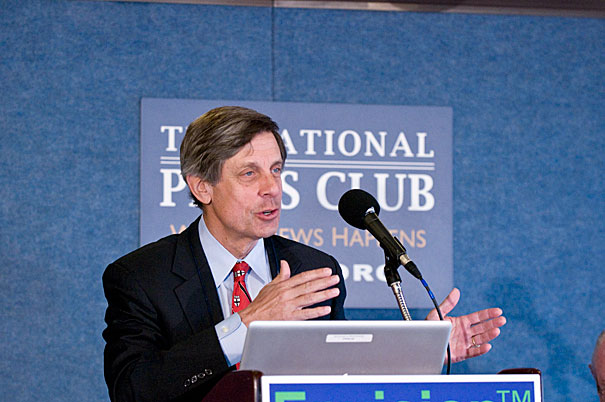
-
Sharing design, in all its forms
The first Design Fair at the Harvard School of Engineering and Applied Sciences (SEAS) displayed the wealth of ideas that have emerged at SEAS throughout this past academic year.
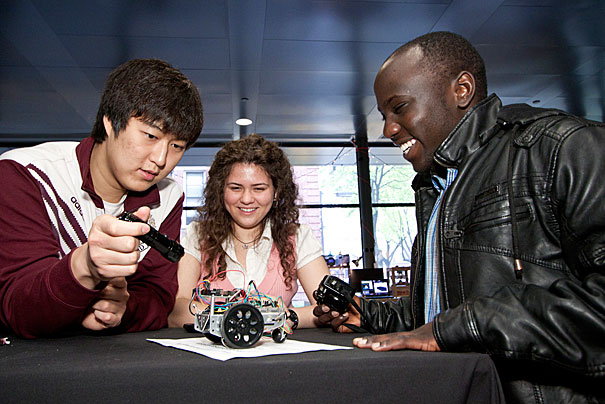
-
New tool to battle illegal trade in animals
Harvard’s Center for Geographic Analysis will work with United Nations University on a system that will allow users to track and map wildlife crime, and how it is related to a host of socioeconomic factors.
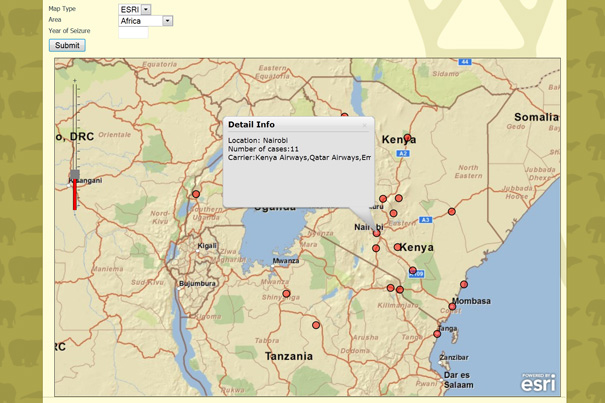
-
The whys of religion vs. evolution
University of Chicago evolutionary biologist Jerry Coyne says that dysfunction within American society promotes high levels of religious belief that in turn blocks general acceptance of evolutionary theories.

-
Rules of attraction
Nicholas Christakis, whose research explores how everything from obesity to smoking to happiness spreads among our social networks, is turning his attention to the past, exploring why and how we became the social animals we are.

-
From Iraq and back, via 9/11 and Harvard
A Harvard authority on ancient Iraq spent several years studying clay tablets looted from that nation, which had been stored in a World Trade Center building that was destroyed on 9/11. The tablets eventually were retrieved, restored, translated, and returned.
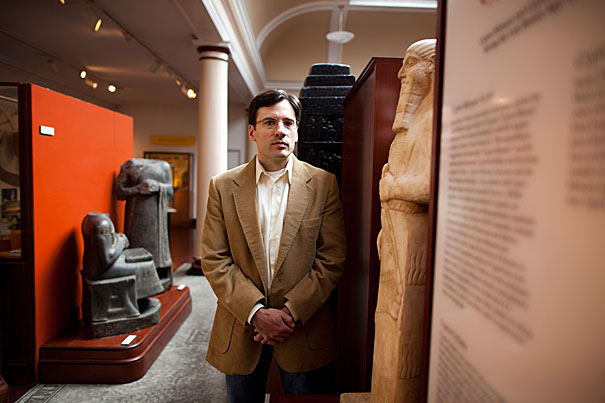
-
Crime probe
A Harvard engineering class helps find a metric for a computer scheme that tracks gang violence.

-
Rethinking mitosis
The mitotic spindle, an apparatus that segregates chromosomes during cell division, may be more complex than the standard textbook picture suggests, according to researchers at the Harvard School of Engineering and Applied Sciences.
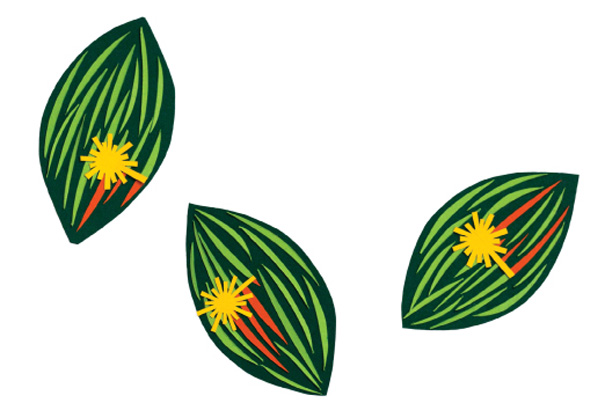
-
‘Warming hole’ delayed climate change
Climate scientists at the Harvard School of Engineering and Applied Sciences (SEAS) have discovered that particulate pollution in the late 20th century created a “warming hole” over the eastern United States — that is, a cold patch where the effects of global warming were temporarily obscured.
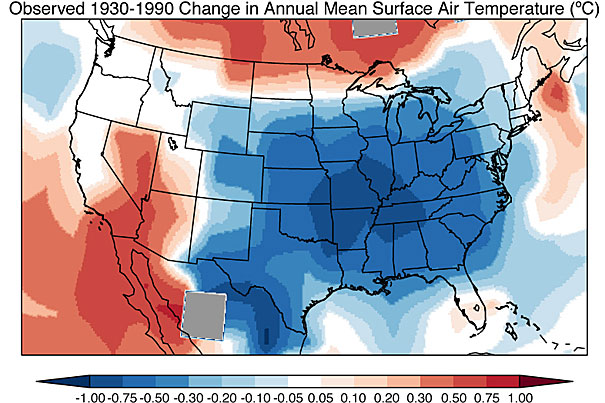
-
Barbecue’s beginnings
Steven Raichlen, author of “The Barbecue Bible” and “Planet Barbecue,” discussed on barbecue’s origins among early humans and barbecue customs around the world in a recent Harvard talk.
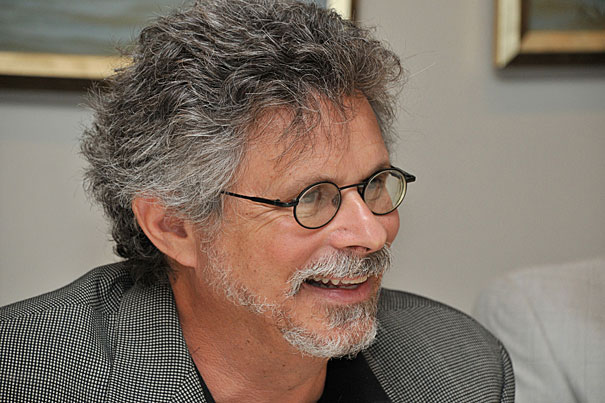
-
Decision, decisions
Two of Harvard’s leading social scientists discussed the way that humans make decisions, and whether having more choices really makes us happier.
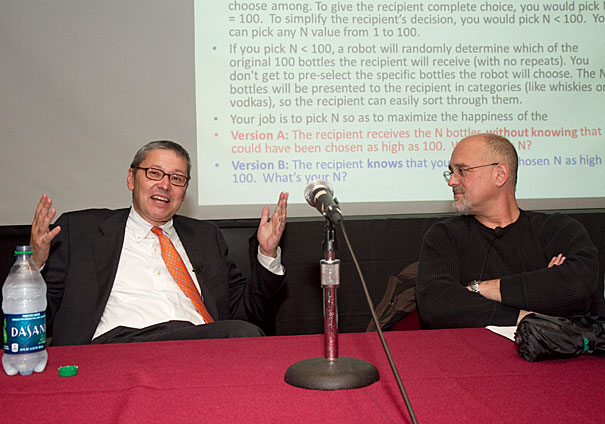
-
How to organize chaos
Executives from a leading debris-recovery firm, Phillips & Jordan Inc., were at Harvard on April 19 to discuss challenges and lessons learned in two decades of aiding the biggest cleanup efforts in the United States.
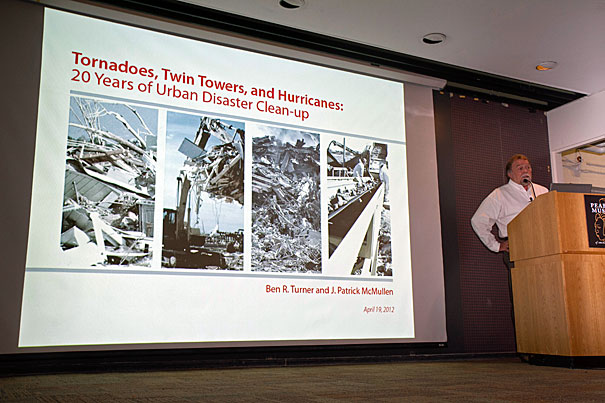
-
Illuminating carbon’s climate effects
Harvard researchers compiled ice and sedimentary core samples collected from dozens of locations around the world, and found evidence that while changes in Earth’s orbit may have touched off a warming trend, increases in CO2 played a far more important role in pushing the planet out of the ice age.



